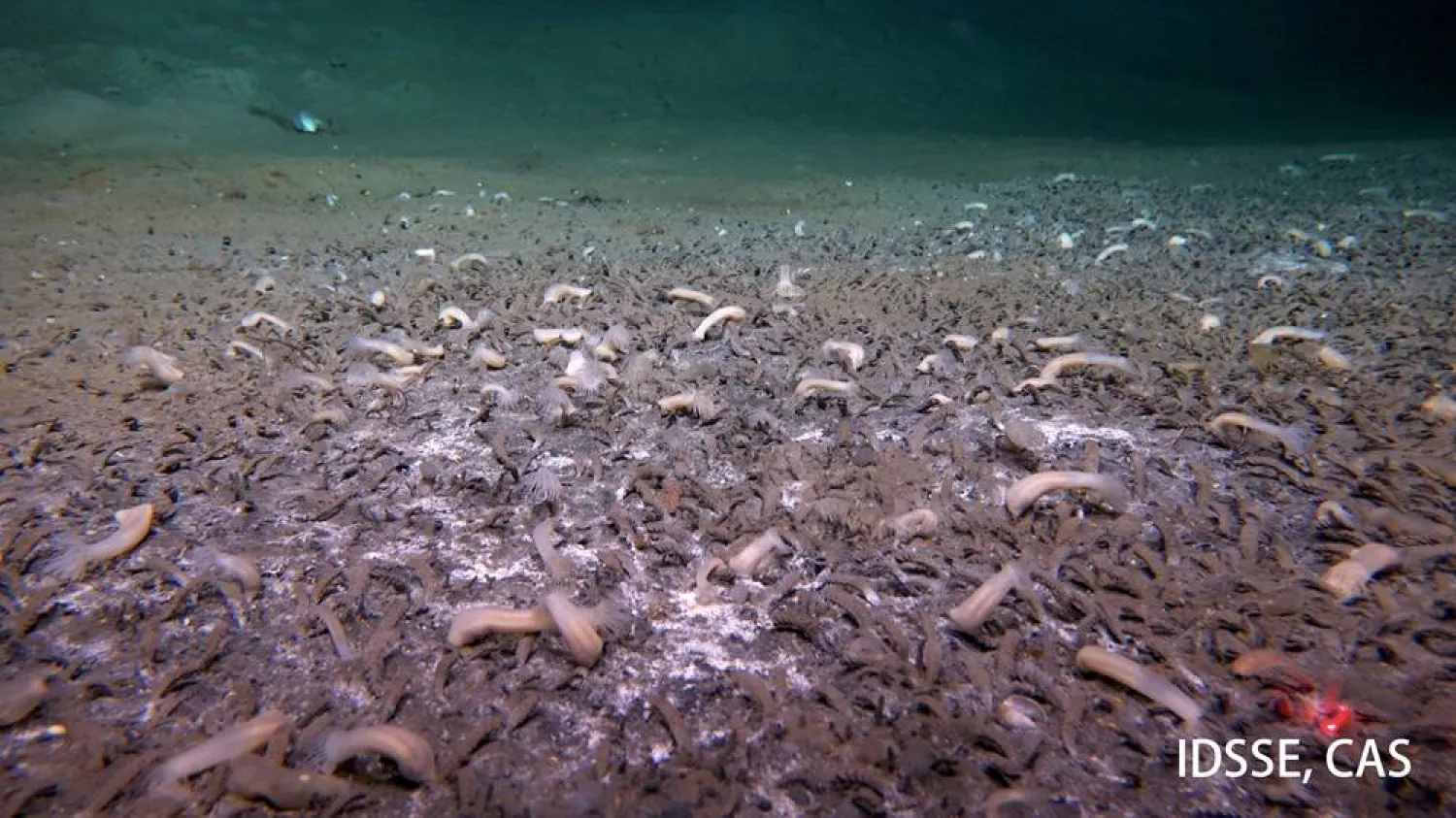According to Noël Coward, mad dogs and Englishmen are the only creatures that go out in the midday sun, but a research team from the University of Ulm, Germany, would add another animal: Saharan silver ants.
During an earlier trip to the salt pans of Tunisia (South of the Atlas Mountains on the northern edge of the desert) to study the Cataglyphis fortis, a type of Saharan ant, another type of silver ant caught the attention of the research team, with its outstanding speed and its adaptability to high temperature in the noon despite its short legs.
The team returned to Tunisia in 2015 to study the speed of the Saharan silver ant and published its findings four years later, on Wednesday, in the Journal of Experimental Biology, showing these insects are the fastest ants ever recorded, reaching speeds of 855mm/s (0.855m/s).
In a report published on the British Biologists Foundation's website, the study lead author, Sarah Pfeffer, said: "Our first uneasy mission was to locate the nests of these ants. However, once the team had located a nest, it was simply a matter of connecting an aluminum channel to the entrance and placing a feeder at the end to lure the ants out. After the ants have found the food, they shuttle back and forth in the channel and we mounted our camera to film them from the top."
Calculating the insects' top speeds, Pfeffer and her colleagues were impressed to find the animals hit an extraordinary 855mm/s during the hottest part of the desert day, making them the world's fastest ant and placing them close to the top of the list of world record-breaking creatures, alongside Australian tiger beetles (9 kilometers per hour).
The insect's speed wasn't the only surprising fact, but also its capacity to maintain this speed despite living in a very hot environment, and the shortness of its legs compared to other types of ants studied in the same region including the Cataglyphis fortis.
"We found that this ant used a different strategy to reach high speeds, outweighing the long-legged Cataglyphis Fortis. Apparently, the silver ant's shorter leg length was compensated with high step frequencies, exceeding 40 Hz," said Pfeffer.







